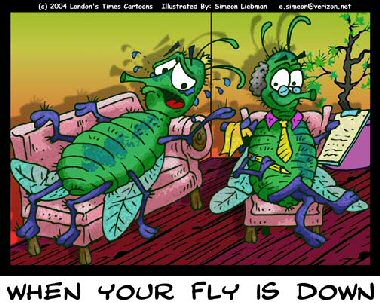Can flies learn?

The fruitfly Drosophila melanogaster has boosted
our understanding of genetics and developmental biology throughout the
1900s, culminating in the Nobel
Prize award to Edward Lewis, Christiane Nüsslein-Volhard and
Eric Wieschaus in 1995 "for their discoveries concerning the genetic
control of early embryonic development". Its ability to learn is less
well known.
In 1991 Martin Heisenberg and Reinhard
Wolf published a study
in which they used the Drosophila flight
simulator to analyze operant conditioning.
This work has spawned a variety of subfields, including pattern recognition,
the biological substrate of memory and a behavioural analysis of the
learning processes involved at the flight simulator. The flight simulator
design allows to train and test the animals in several different basic
operant and classical learning tasks. Starting from this general
framework, I performed a thorough analysis
of the learning tasks in my PhD thesis. This analysis was based on
a comparative study of classical
and operant pattern learning in Drosophila, my Diploma (Master's) thesis. All the experiments
described in those two theses are presented together with extensive
background information in the overview document "Fly
Psychology?". Since then, we have found out that clkassical and operant learning processes indeed require different learning genes. This short article reviews the different genetic experiments and how they can be interpreted in our modern understanding of complex learning processes.
A fly strain mutant in one of the learning genes involved in the classical learning process, radish, even exhibits symptoms reminiscent of attention deficit and hyperactivity disorder (ADHD) in humans. |
